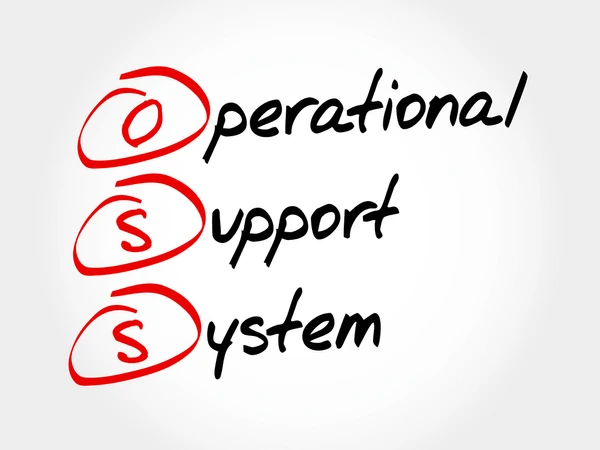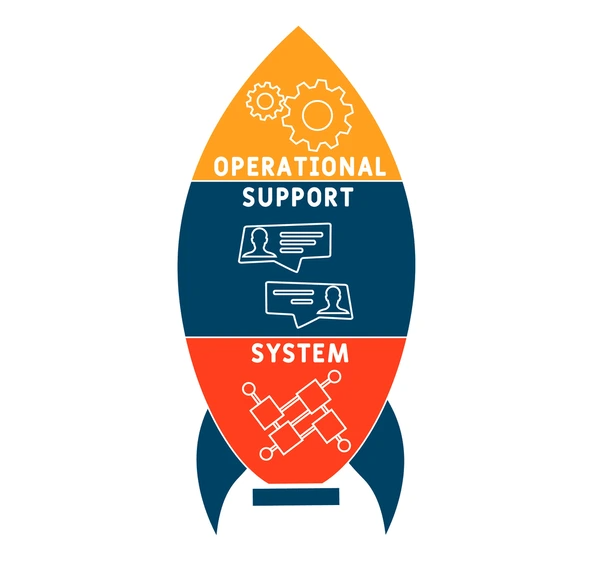
What Is OSS (Operational Support System)?
An Operational Support System (OSS) is a critical software solution used by telecommunications service providers to efficiently manage their networks and services. OSS handles essential functions such as fault detection, configuration management, performance monitoring, and security oversight. By streamlining these operations, OSS helps service providers reduce costs, improve customer satisfaction, and speed up the deployment of new products and services. This article will explore the core components, functionalities, and benefits of OSS, offering insights into its role in modern telecommunications.
Key Functions of OSS in Telecommunications
Network Management and Monitoring
An operational system is essential for managing and monitoring telecommunication networks. Its primary functions include.
- Fault management: It identifies, diagnoses, and resolves network issues quickly to minimize downtime.
- Configuration management: This ensures proper application of network configurations, including hardware and software updates.
- Performance monitoring: Continuous monitoring ensures that network performance meets service-level agreements and maintains acceptable standards.

Efficient Service Provisioning and Activation
Operational systems streamline the process of delivering new services by handling.
- Service order processing: They process customer orders and allocate network resources to meet demands.
- Service activation: Configuring and deploying network elements ensures new services are functional for customers.
- Inventory management: They keep an accurate record of network resources and configurations for efficient use.
Customer and Business Support
Operational systems also play a vital role in customer and business operations by.
- Customer relationship management: Managing customer interactions, sales activities, and support services effectively.
- Billing and accounting: Tracking service usage and calculating charges to support accurate billing.
- Reporting and analytics: Providing actionable insights into performance, usage trends, and business metrics.
Integration and Automation for Enhanced Efficiency
Modern systems focus on integration and automation to boost operational efficiency.
- System integration: They connect seamlessly with business support systems, policy management tools, and other platforms.
- Automation and self-healing: Automating tasks and enabling self-healing features reduce the need for manual intervention.
- Policy-based management: Implementing rules and policies ensures consistent network behavior and reliable service delivery.

Benefits of OSS for Network Management
Cost Savings
Open-source solutions eliminate the need for costly proprietary software licenses, significantly reducing operational expenses. This advantage is particularly appealing for organizations with tight budgets or those aiming to optimize IT spending.
Flexibility and Customization
Access to source code allows open-source solutions to be tailored to specific network needs. This flexibility makes it easier for organizations to adapt to evolving requirements and integrate seamlessly with existing systems.
Vendor Independence
Open-source systems promote interoperability and eliminate dependency on single vendors. This reduces the risk of vendor lock-in and provides the freedom to use diverse network equipment and technologies.
Community-Driven Support and Innovation
Active developer communities support open-source projects by offering regular updates, bug fixes, and new features. This collaborative approach drives continuous innovation and ensures that solutions remain current with industry trends.
Applications of OSS in Modern Telecom Networks
Centralized Network Resource Management
Modern systems provide centralized control over physical devices, logical circuits, and network topology. This enables efficient resource allocation, capacity planning, and network optimization, ensuring seamless operation.
Rapid Service Provisioning and Activation
Operators can deploy and activate new services swiftly, minimizing delays and staying competitive in dynamic markets. Quick service rollouts improve responsiveness to customer demands and market trends.
Fault Detection and Performance Monitoring
Advanced systems continuously monitor network performance, identify faults, and trigger alarms for prompt resolution. Proactive maintenance, supported by AI and analytics, enhances reliability and reduces service interruptions.
Enhanced Customer and Service Management
These systems streamline order management, billing, and support activities. This ensures seamless service delivery, strengthens customer satisfaction, and provides a comprehensive end-to-end service experience.
| Product/Project | Technical Outcomes | Application Scenarios |
|---|---|---|
| Telecom Network Resource Management System | Utilizes web service technology to enable client-server communication and system integration, allowing for efficient resource management and configuration. | Management of telecom network resources, including devices, physical circuits, and logical circuits. |
| Service Information Model Telefonaktiebolaget LM Ericsson | Provides a generalized information model and template for efficient customization of OSSs, enabling rapid adaptation and reduced development costs. | Managing diverse network architectures and facilitating OSS customization. |
| Translation and Protection Table (TPT) Intel Corp. | Introduces a region identifier field in TPT entries, enhancing data transfer reliability and efficiency by validating access permissions and managing memory regions effectively. | Improving memory access protection and translation in data network architectures. |
| OSS Subsystem Interface China Telecom Corp. Ltd. | Utilizes middleware with Socket message communication and XML encapsulation, enabling stable, flexible, and efficient communication between multiple subsystems, ensuring data consistency and cross-platform operation. | Facilitating communication and data consistency between OSS subsystems. |
| OSS Client and Templates Ciena Corp. | Enables interactive and non-interactive provisioning across multiple devices using OSS client and templates, enhancing scalability and reliability in network management. | Improving scalability and reliability in network management through OSS client and templates. |
The Future of OSS in Network Operations
The Future of Network Management
Next-generation systems must embrace data-driven approaches powered by AI, machine learning, automation, and microservices. These advancements will enable greater agility, predictability, and automation in network operations. Key capabilities include:
- Automated processes for business assurance and closed-loop execution.
- AI-driven network optimization for detecting anomalies and predicting capacity needs.
- Enhanced customer interactions through intelligent automation.
- Proactive self-healing mechanisms to address faults and ensure continuity.
Integration with AI Platforms
Future systems will seamlessly integrate with network AI platforms, utilizing big data to build and deploy AI models for optimization, orchestration, and fault management. Standardized signaling interfaces between systems and network elements will streamline communication and foster dynamic, efficient interactions.
To get detailed scientific explanations of OSS, try Patsnap Eureka.

